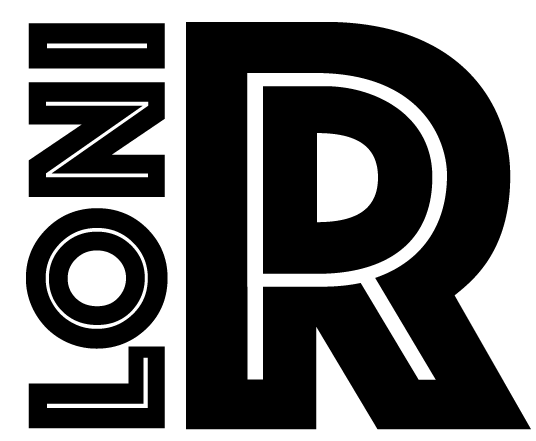The following left and right thalamic nuclei were included: the pulvinar, the anterior nucleus, all medial and lateral nuclei, as well as the meta-thalamus (i.e., medial and lateral geniculate bodies). The medial surfaces of the thalamus are fused in most brains and are called the massa intermedia. Therefore the most midsagittal section of the cerebrum, which includes the septum pellucidum, is used to distinguish left from right thalamus and is included in the left volumetric measurements (Fig. 1). The thalamus is traced in the sagittal plane using the internal capsule as the lateral boundary (Fig. 1, Fig. 2, Fig. 3, Fig. 4, Fig. 5, Fig. 6, Fig. 7, Fig. 8, Fig. 9, Fig. 10). The stratum zonale, stria terminalis and the terminal vein helped define the superior boundaries. The red nucleus is used as the inferior border in more posterior sections (i.e. pulvinar). In more anterior sections, the thalamic fasciculus and the mammilothalamic tract aid in inferior delineations (Fig. 1, Fig. 2, Fig. 3, Fig. 4, Fig. 5, Fig. 6, Fig. 7, Fig. 8, Fig. 9, Fig. 10). To confirm the lateral and inferior boundaries of the thalamus in the sagittal plane, coronal and axial viewing planes are also used.



